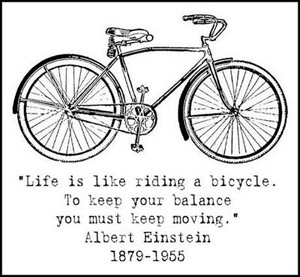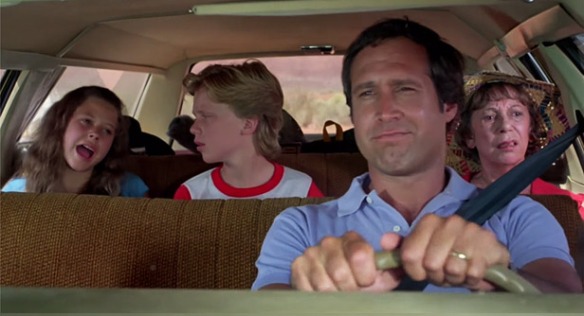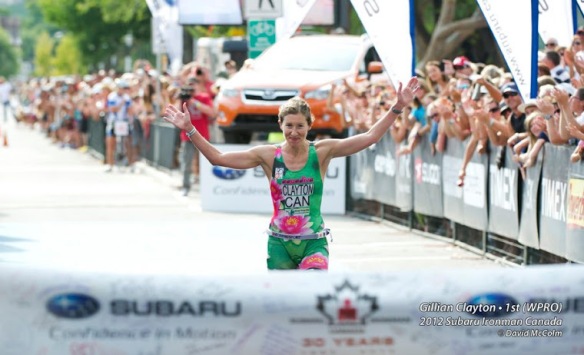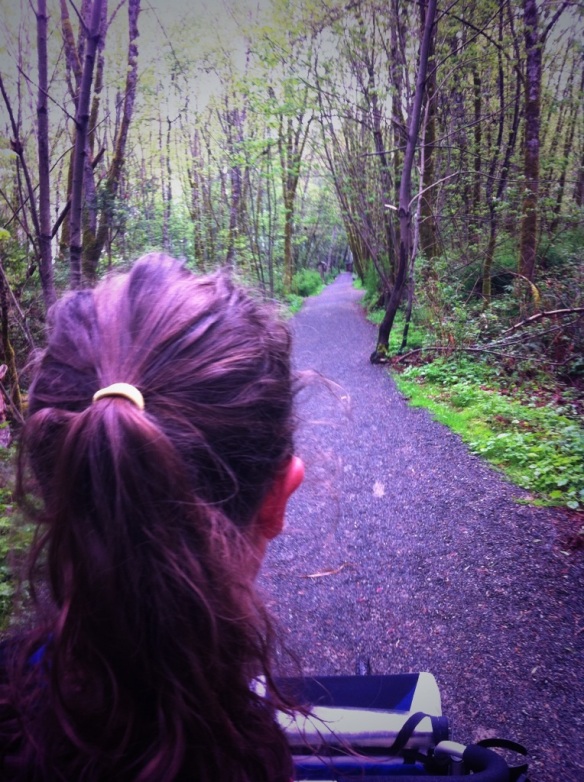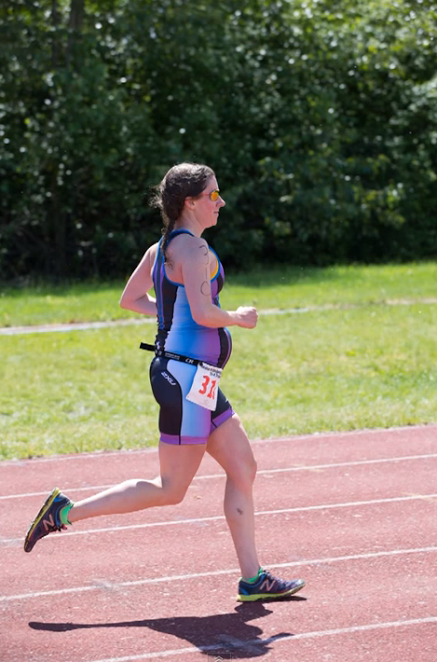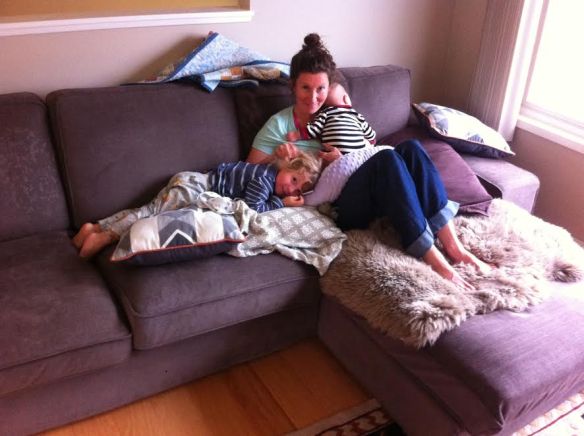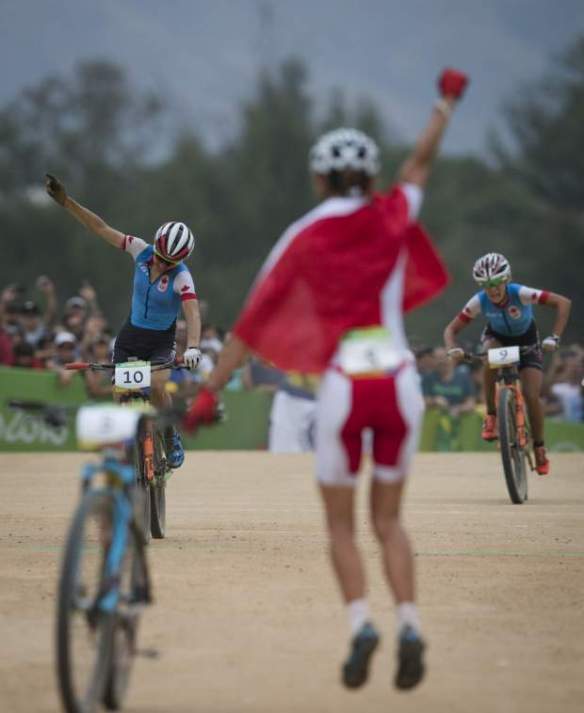Let me introduce you to Jennifer Faraone, a mom of two and avid runner from Toronto. As a mother of two children, Jennifer has competed in road running, trail running, and duathlons. She is a World Championship two-time medalist in Duathlon (Gold and Bronze) and has represented Canada at the World Mountain Running Championship. Jennifer has won numerous trail and running events including the 3 Day Transrockies, the Toronto and Ottawa half marathons and North Face Endurance Challenge-Bear Mountain and Collingwood. She also coaches and hosts trail running clinics.
We have never met in person but I was first introduced to Jennifer a few years agao when she contacted me for a book she was writing for athlete moms and moms-to-be. Ever since I did the phone interview with Jennifer for the book, I’ve been super excited to see the final product: The Athletic Mom-To-Be: Training your way into pregnancy and motherhood.
When I was pregnant with my first child in 2007 there wasn’t a lot of up to date information out there to empower women to stay active during pregnancy and in the first year plus after having a baby. I was super excited to hear about this book coming together. As many people have said, it is a wealth of information all in one spot and a book I wish I had had 10 years ago.
Grab a cup of tea and read on to learn more about Jennifer the athlete, the mother, her co-authored book, and other tips she has for athlete moms.
What was your life as an athletically before you become a parent and how has it evolved since?
As a child, I was active but nothing intense; usually ringette in the winter, and baseball in the summer. In high school, I didn’t do too much. In University, I started to run a bit, and joined the varsity team to work out. This was my first real exposure to running consistently. But it wasn’t until a few years later when I moved to Toronto that I started to pick up running again around 2003 or 2004. It was the first time I’d followed a training plan! I saw my running improve which was exciting and I was starting to win races. But I would run on and off, as I had a hard time dealing with the mental side of running. I wanted to run for the sheer pleasure of it, I was enjoying placing on the podium, but I had a big fear of taking it too seriously. I also did the odd triathlon/duathlon as cross training.
I have two children, Sophia (age 10) and Dominic (age 7). After Sophia was born, I was hitting personal bests in the first year postpartum and I started to train with a team again; but I also had some injuries! This is also the time I started to explore with trail running and competed at the World Mountain Running Championships. After Dominic was born, I started to race duathlons (run-bike-run) as well, going to the World Duathlon Championships twice.
I would say that my “relationship” with training and racing has deepened since having kids. I have been more purposeful in my workouts and race selections, but with a healthier attitude and balance.
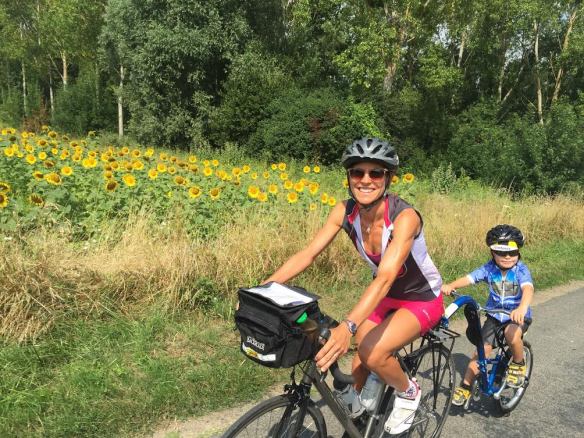
Did you exercise/train during your pregnancies? How has your training/racing evolved/changed since becoming a mother?
With Sophia I was fortunate in that I had almost a text-book pregnancy. It went amazingly well and I was able to run most of my pregnancy; I would forget that I was pregnant when I was running; but then at 32 weeks I was showing signs of preterm labour, so I had to stop running. At 34 weeks my doctor gave me the go ahead to run again. I was heading out the door for that run when my labour started. She was born just under 35 weeks but totally healthy.
With Dominique, it was very different, as I had varicose veins from hell pretty much since the beginning. Running was too painful so I had to switch to pool running. I could do other forms of exercise but even walking was limiting. This was really tough but I wasn’t concerned about losing my fitness or gaining weight as I knew that it would be temporary. What I found really hard was the constant pain I was in (the varicose veins went from my groin to my feet) and I almost had to take a leave from work.
I would say that I have had more successes athletically since my kids have been born; I think it’s a combination of my desire to put in the extra level of training, wanting to be a good role model for my kids, and really being in tune with my body. I am more thoughtful with my training and everything I do is because I want to do it as opposed to feeling the need to do it. I’ve also seen my confidence and self-esteem grow, and I think that my kids play a big role in this. When I get nervous about a race I ask myself: “What would I tell Sophia or Dominic right now?” and it really reminds me of the reasons why I do this, that it’s okay if I have a bad race, and that I don’t have to do anything I truly don’t want to do. It’s all about fun and passion
As is the case with most athletic moms, my workouts are flexible as every week is different. Trying to run with others is rare but a treat when it happens. Sometimes I have to train at odd hours to avoid interfering with family life. But my husband and I are creative. Date nights usually involve some kind of athletic activity followed by dinner (with us still being sweaty at times). If we are driving to visit family, one of us is usually biking part way and getting picked up along the way. My daughter also bikes alongside my husband while he runs. Most of my runs are done during the day when they are at school; other parents at the bus stop are used to seeing me in my run gear covered in sweat.
We’ve also tried to incorporate family activities more in the past few years. Winter is all about cross country skiing an hour north of the city. The kids take their lessons, my husband Steve and I ski, and then after lunch we can all head out skiing again. Last year we all took part in the Ski Marathon. In the summer, we do a similar routine with mountain biking. If I’m doing a race, my kids will sometimes jump in the kids race or volunteer at the water stations. It’s really important to my husband and I that we do these things as a family and that our kids realize that “this is what we do”.
Maybe it has to do with trail running focus, but my training the past few years has been very laid back in that I wasn’t following any sort of plan, did few quality sessions, and did not monitor pace/distance etc. I just went out and did what I felt like doing; the only real intentional focus was ensuring that I got some long runs in. I like this approach as it works well for me; keeps me from taking things too serious and not getting anxious if I miss a workout. And makes it easier to have less interference with the family. These past few weeks, leading into a race I have on December 3rd, I’ve actually for the first time in years, started to put together a tiny training plan, meaning I aim to do one quality session per week, and schedule my long runs 10-14 days apart. (I’m more structured in the training plans I give my athletes)
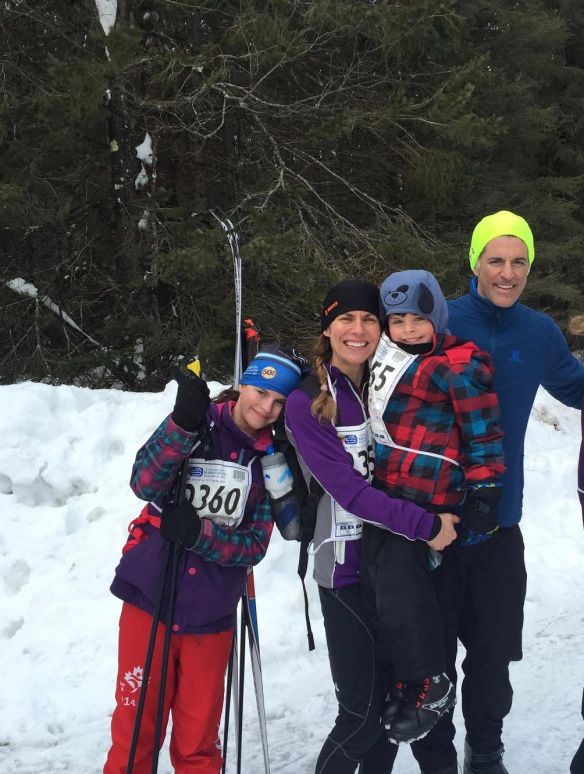
What currently motivates to get out training and/or racing? What are your current training/racing ambitions?
I’m motivated by the pure enjoyment. Also the curiosity to see what more I can accomplish gets me out the door. I keep joking that I’m going to be one heck of a master’s runner. I’ve always felt like I haven’t fully applied myself to training, or found the right training approach to see my potential. That being said, the minute I find that it gets too serious, I check out and take a break.
At the same time, I just love training and how it makes me feel. Doing well at races is icing on the cake. I think that my husband is secretly annoyed with me in the way that I’m usually surprised when I win or place at a race. Honestly, I don’t usually go into a race thinking that I’m going to win and then I feel giddy like a child when I do well. I think that this comes back to my fear of taking the sport too seriously and putting pressure on myself.
My daughter used to ask “mommy how did you do in the race”? And now she asks “Mommy, how did you do compared to the men in the race?” She has gotten used to the way that I win many races, and now sees me in a similar playing field as men. For her, this is just an innocent question; but at the same time, I think that this is amazing, as it’s showing her that it doesn’t always have to be the case where men and women are different. Training partners/competitors can be either sex. Right now, she is in mountain biking class and she is the only girl so she is asking to discontinue the lessons. I’ve been talking to her about the fact that it’s okay (and kind of cool) to be the only girl and that she should be proud, and instead of looking at it as “1 girl and 8 boys” to see it as “these are other kids at a similar biking skill level as I, and can help me become a better biker”.
As for racing ambitions I’m not sure. This year my goal was to race some more competitive trail running races, and to continue exploring with longer distances. My big race was the 3 day Transrockies (won) and in a few weeks from now I’m doing the North Face Endurance Challenge Championship 50k in San Francisco. In the summer I also did the North Face Endurance Challenge Blue Mountain Marathon where I won, but also beat the first male by 15 minutes. Prior to that I did the Cayuga Marathon (won, however all the competition was in the US 50 miler championship). As for next year, I’m still trying to decide what I want to focus on
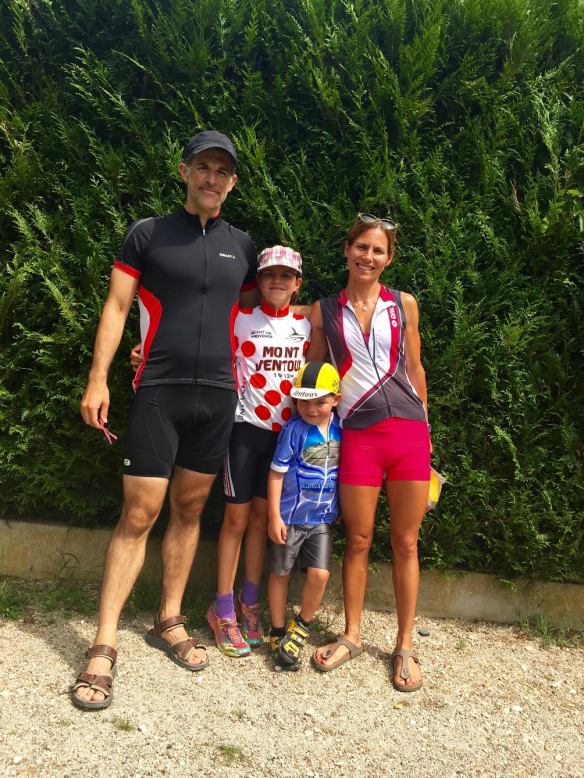
How do you balance family/work demands with your training/racing goals?
I went from training first thing in the morning with others to training during the day often on my own. I will be starting to train with the team I coach (MB Performance) in the new year as there will be a subgroup of us meeting at 9am which I’m super excited about! My husband travels a ton for work, and when he is in town, he works long hours; and we have no family nearby to help. So I try to give him the priority to work out in the mornings. Creativity and flexibility are key, and my husband and I try to plan things a bit in advance. Where possible, we try to make a race a family affair. My husband and I will sometimes go just the two of us to a destination race, so that it’s a combo of “we time” and racing.
But if helps a lot that I quit my job working in health care as project manager/change management consultant a few years ago, as it gives me the flexibility to train during the day. It also means that there is more time for me to manage the family stuff. That being said, I feel that I am busier now than when I worked. Although I no longer have a typical office job, I also coach, write and put on various clinics and retreats every year. I’m often waking up at 5:00 am to get some work done before the kids wake up.
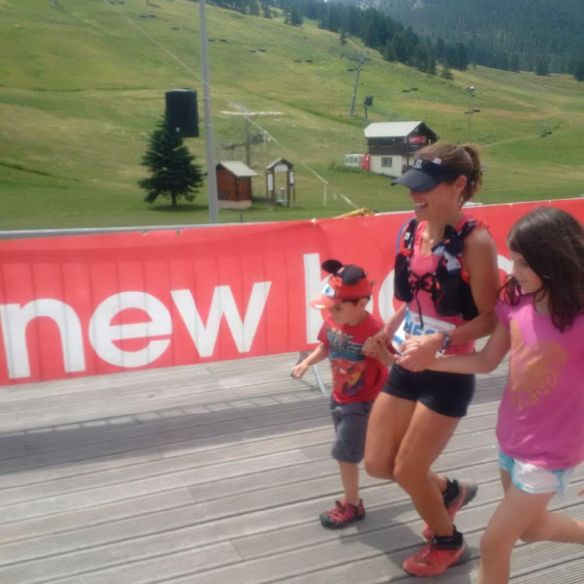
You recently co-authored the book “The Athletic Mom-to-be”. What is the book about? What was the inspiration for the book? How did the book come together?
I co-authored the book with Dr. Carol Ann Weis. It all started when I was injured postpartum and the physio treating me suggested (in a joking way) that I should write a book on the topic of pregnancy and postpartum for athletes, as info was hard to find, not to mention confusing. For whatever reason, I thought to myself “sure, that would be fun; I can do that” and literally got started. Shortly after, I met Carol Ann and we decided to write it together. The book is a one-stop shop for valuable information from preconception to postpartum and touches on a variety of topics; it’s not just about exercising. It’s also about empowering women to make decisions that are right for themselves and for their baby; to do this, they need accurate, comprehensive and up to date info. This is not a book that only talks about how to continue exercising while pregnant and how to get back to it after having a baby. If a person decides that they want to take a break from training during this time, good for her for making this decision! And we encourage such reflection, and there’s a lot in the book that touches on the emotional and mental side of exercising. The book encourages women to let their body be the driver, and not the numbers on the watch. And to respect that every pregnancy is different. We incorporated feedback from close to 50 female athletes helps to further reinforce this message.
I love researching a topic, so the idea intrigued me. I love helping others make exercising part of their lifestyle, and deriving pleasure from it. And because I now had personal experience to draw upon, the idea of the book made sense to me (even though I had no writing experience). My goal from the beginning was to produce a resource for other athletic women regardless of their performance level. Instead of having to do their own research and try to find the information (not to mention try to make sense of the research), we wanted to put everything in one spot. I also wanted to use the book as a platform to reinforce a few keys messages, such as:
- Continuing to exercise, and at what level, is a choice and it is possible to make an informed decision with resources like this book
- It’s okay to decide to take a break from your training; this doesn’t make you any less of an athlete.
- Have faith in yourself while also recognizing the importance of understanding and appreciating the complexity of getting back to exercising postpartum
- Pregnancy and postpartum is a time to think creatively and to change the mindset that “the way you did things before” might look differently now
- Just because you are experiencing discomfort or pain doing your pregnancy doesn’t mean that you need to just “put up with it”. For instance, if a pregnant woman suddenly felt discomfort running, a common response would be “I guess my body is telling me that I need to stop running now”. On one hand, sure, maybe this is what your body is telling you, and you need to respect that. But at the same time, a) your body might feel different in a few days, so wait and see and b) there’s things you can do to try and alleviate the discomfort such as a lower lumbar belt, seeing an osteopath, doing adequate strength work etc.
- Have honest discussions with yourself and to reflect on what training means to you; how much of it is driving by guilt or pressure?
What makes this book unique as compared to other resources out there for athletes who transitioning into motherhood?
- It is based on 3 key sources of information: 1) the latest research/guidelines, 2) advice from clinical subject matter experts (over 50) and 3) advice from other female athletes of various abilities (close to 50). So this is not just our opinions and thoughts; it’s a collection of valuable resources.
- It’s not just about exercise; we touch on a lot of other subjects such as breastfeeding, pacing your mind, etc.
- We focused on many of the common questions and misconceptions when it comes to athletes and pregnancy, starting from preconception
- We really emphasize the fact that every pregnancy is different; you can’t compare
- The book is very proactive in nature. It talks about what you can do before getting pregnancy in order to maximize your chances of staying active while pregnant. We also talk about the role of several health care providers such as osteopath, naturopath doctors, etc.
- We try to reinforce what you CAN do, whereas most books talk about what you CANT do
- There’s a big emphasis on pelvic floor wellness (which is often neglected or not discussed enough) and this spans across preconception, pregnancy and postpartum.
- There is a lot of information about the pregnant body and the postpartum body; we feel it was important that women have a good understanding of the changes happening to her body, as this would help her to honour and respect it more.
- The postpartum chapter is quite extensive; we divide it into 3 separate phases and explain in the detail the importance of each one. Getting back to training is not just about putting on your running shoes the moment you think you feel ready; it’s a lot more than that, especially if you want to come back for the long haul. Most books simply provide a few guidelines.
How has the book been received so far?
The book has been received really well so far. We often get feedback such as “I wish I had this information before I was pregnant” or “Where was this book when I was pregnant”? Unfortunately, our strength is not in marketing/advertising so I’m sure that there’s a lot more that we could be doing to market the book; but to be honest, our motivation was never to make money on this book; our goal was to produce the book and make it accessible to women. Even the way that I describe the book likely doesn’t do it justice! I should probably hire a spokesperson!!!
What did you learn through the experience of putting this book together?
It takes time!!! And yes, info can be hard to find or track down, or try to make sense of the conflicting information at times. But honestly, this was all such an amazing experience. I got so inspired writing this book. I loved seeing the diversity among women and their pregnancy; everyone was so open with sharing their experience, including the good and the bad. It’s hard for a woman to admit that she let the “pressure” get the best of her and returned to training too soon. Or to admit that she had a hard time accepting her sagging tummy. Yet this book gave them the opportunity to reflect on their own experience and to be more accepting.
Our biggest challenge is writing this book was synching our schedules. When I would be available to spend a lot of time on the book, Carol Ann would be super busy. And vice versa. This is the primary reason why the book took so many years to write
My biggest lesson: you can do things if you have the passion for it. I had no writing experience, yet I had the desire to write this book. I really, really enjoyed this entire process and this is what kept me going for many, many years. I really believed that the information we were providing was meaningful, unique and would help women a lot (I should add that we also intended for the book to be a valuable resource for health care providers; we were surprised with how many HCP are buying our book!)
Any other tips or advice (perhaps not found in your book) that you would have for other moms with goals of getting back in shape and/or continuing to train/compete with children?
One piece of advice that I’m been giving lately (which is not in the book) is that whether you are injured or getting ready to come back to training, start by carving out some time to yourself on a regular basis. For instance, take 30 minutes as “your time” and make this a routine 3 times a week. This way, once you are ready to start exercising, the time is already laid out for you and you don’t have too feel guilty. Taking time out for yourself can be really hard for many moms. For example, a close friend of mine who is a mom of 3 kids, finally (after 6 years) began to exercise 4 days a week and was loving it for so many reasons. She took so long to get started because she felt guilty about taking the time to herself and logistically thought that it would be impossible. But then she got injured and couldn’t walk and she mentioned that she was really afraid that she wouldn’t be able to start up again once her injury had healed because she stopped the routine of taking that hour to herself 4 days a week–she got absorbed with the household stuff again. So I suggested that even though she couldn’t walk right now, that she should still preserve those one hour blocks four times a week and do something else so that once she was healed, she could easily start walking again with no guilt. She loved that idea. I think that a huge hurdle for athletic moms is getting over the guilt of taking time to ourselves; and it’s too easy to say that there isn’t the time.
Second, don’t be afraid if your training is not a family affair; its okay if your training is just for yourself; it doesn’t make you any less of a mom. You can still be a positive role model. Getting the kids involved with your sport has to be something that everyone enjoys otherwise it won’t be a positive experience. So often we hear comments like “involve your kids in your training”—and on one hand, it’s great to do so and offers so many benefits. But at the same time, it’s okay if you want to use this as your private time, and something you keep to yourself. Respect your boundaries. And these boundaries may change over time. Brining a small child to a race who is quite happy to nap in the stroller or sit on a blanket is much easier than bringing a toddler who can’t sit still. I went through a period where it was more stressful to bring my kids. And whereas my daughter was quite happy to run/ski in the chariot, my son had other ideas. So I chose to put him in daycare while I exercises, whereas my daughter was often my training partner.

Thank- you Jennifer for sharing your personal and book story with us! For more from Jennifer you can check out her blog here: https://runningthetrails.wordpress.com/about-this-blog/



